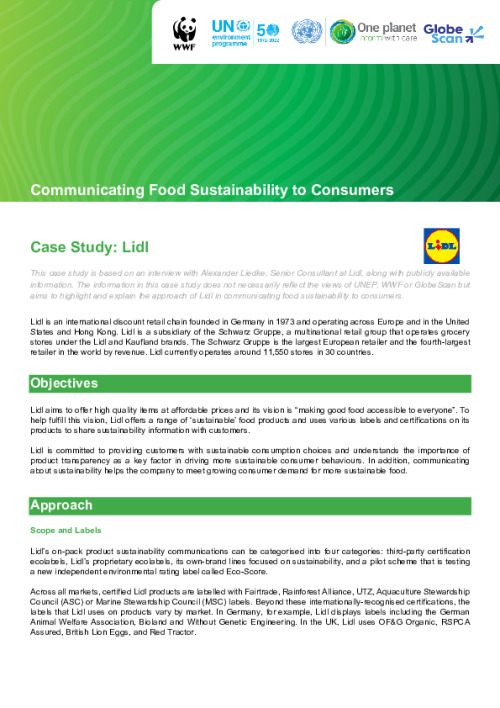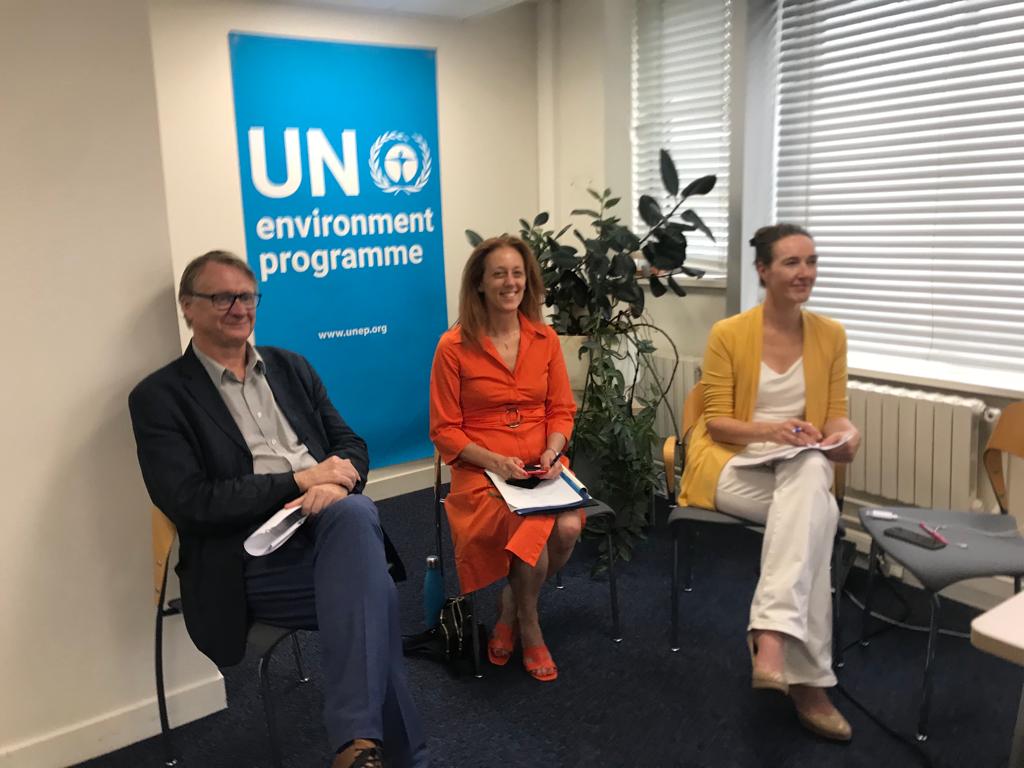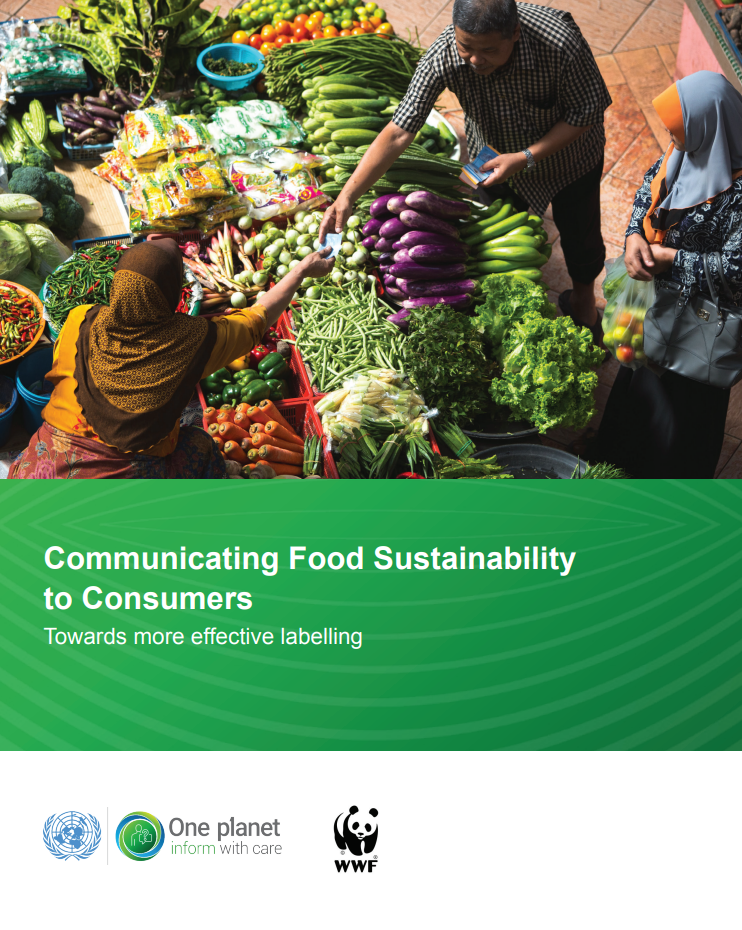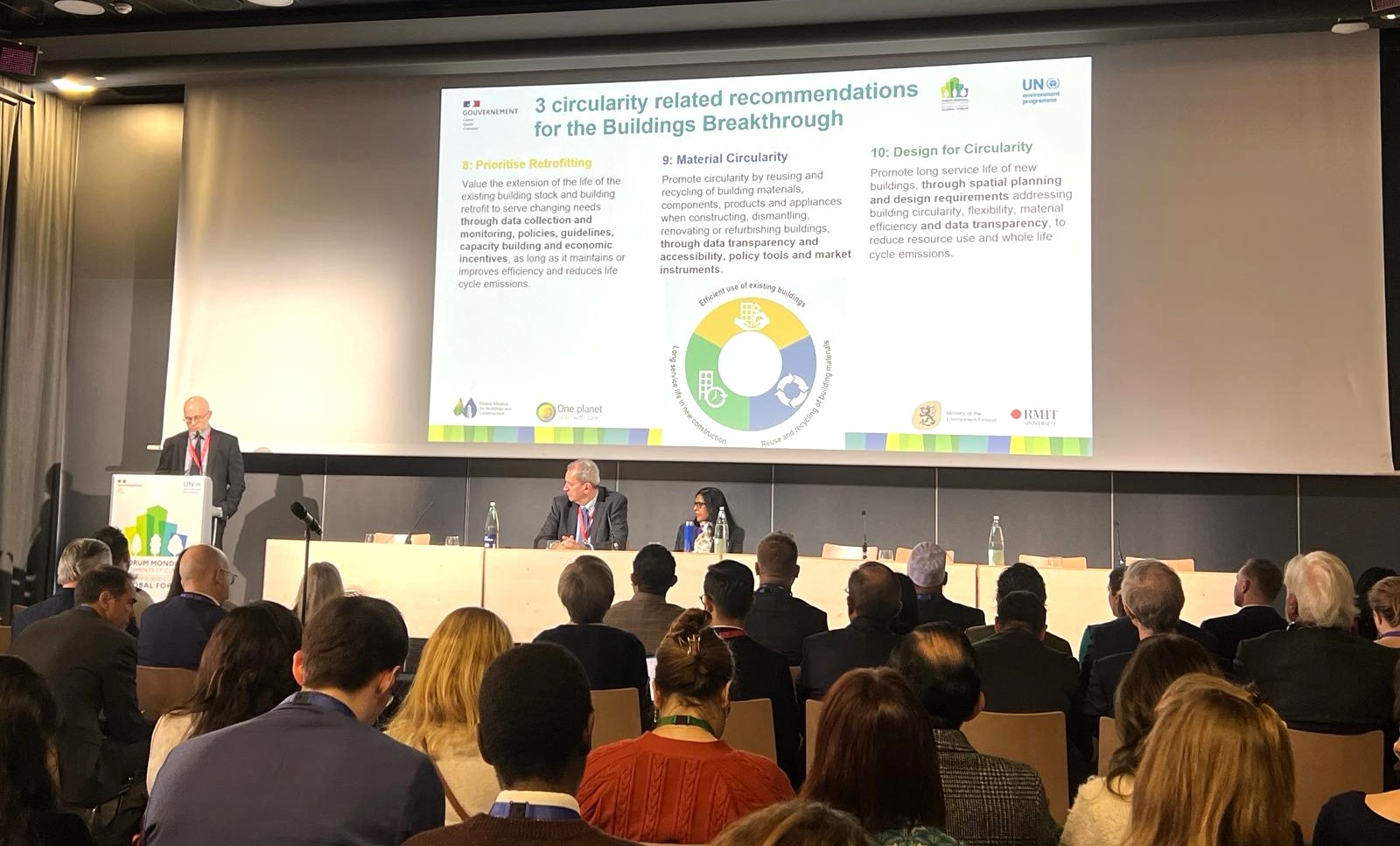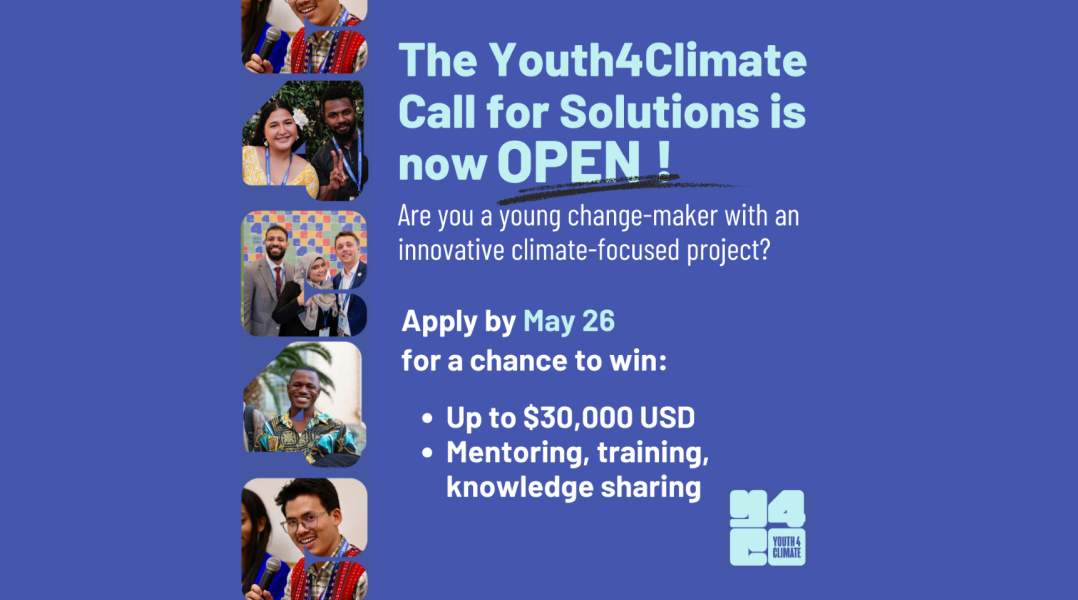Woolworths South Africa: A Case Study on Communicating Food Sustainability Information to Consumers

UNEP, WWF and GlobeScan have developed a series of twelve case studies presenting efforts by companies and labels to communicate food sustainability to consumers. Read on to find out more about Woolworths South Africa, the 9th case study in the series.
About Woolworths South Africa
The South African retail chain Woolworths is owned by Woolworths Holdings Limited and provides food, home, fashion and beauty ranges with 155 full line stores, in addition to 194 food stand-alone stores in South Africa, and another 68 stores throughout the rest of Africa. The company was founded in 1931 in Cape Town.
Woolworths South Africa’s objectives
Woolworths Holdings Limited’s vision is to be one of the most responsible retailers in the world. To help it to achieve this, Woolworths South Africa launched its Good Business Journey in 2007. The Good Business Journey programme focuses on improving eight areas of the business: energy and climate change, water, packaging and waste, sustainable farming, ethical sourcing, people, social development, and health and wellness, with more than 200 targets supporting these areas.
By communicating sustainability to consumers, Woolworths South Africa aims to inform and educate customers, raise awareness of its own initiatives, and drive behaviour change.
To learn more about Woolworths South Africa’s approach to communicate food sustainability information to consumers and learn about the challenges and successes, download the full case study here.
Project background
Under the umbrella of the One Planet network Consumer Information Programme, UNEP, WWF and GlobeScan developed a research project to improve our understanding of how the provision of sustainability information can influence consumers’ food choices. This case study is one of twelve case studies showcasing approaches by companies and labels to communicate food sustainability information to consumers. Stay tuned for more articles in the series published every Tuesday and Friday over the coming weeks.
